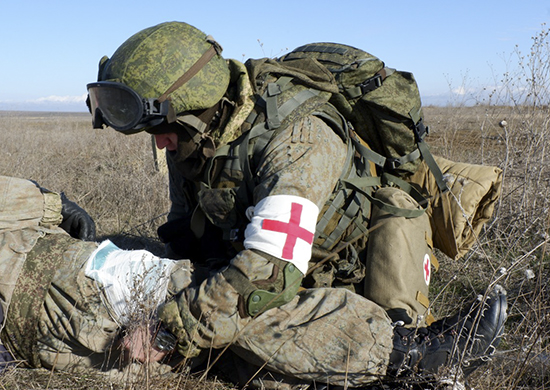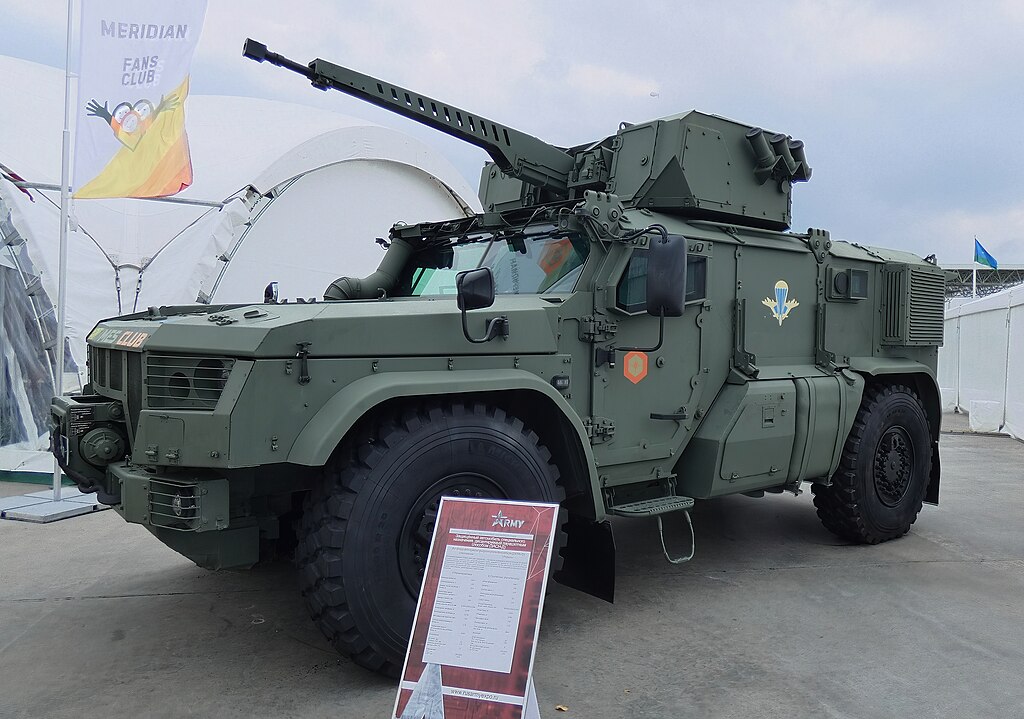
Typhoon K-4386 “Typhoon-VDV” at Armiya-2021. Issues in bringing the Typhoon-VDV to serial production, due to the number of imported components and sophistication in design, illustrates the gap between Russia’s military modernization aspirations and industrial base capabilities.
“Currently, measures are being taken to engage specialized enterprises and organizations in the development and manufacturing of domestic components necessary for the production of protected military vehicles. Solving these issues is now considered by military leadership as one of the priority directions for enhancing combat readiness and reducing combat losses of the troops.”
Recent articles in Russian military publications regarding Typhoon [i] armored vehicle production highlight the advantages – and tradeoffs – of import-substitution measures across Russia’s defense industry. Moscow’s inability to import critical components has forced Russian manufacturers to simplify designs and shift component production to domestic manufacturers. According to the Russian military journal Material’no-tehnicheskoe obespechenie Vooruzhennyh Sil Rossiiskoi Federatsii, initial development of the Typhoon series of 4×4 and 6×6 armored vehicles in the 2010s was in response to the Russian Ministry of Defense’s (MoD) order to create vehicles capable of protecting crews on par with foreign offerings through 2020. The Typhoon-Kand Typhoon-Y capable of carrying a variety of armaments depending on mission requirements were Russia’s answer to the American-made Mine Resistant Ambush Protected vehicle. Despite their official adoption by the Russian MoD, the number of components of foreign origin prevented mass production of initial models.
The journal further details how the military invasion of Ukraine in 2022 underscored the urgent need for armored transport. While domestic production has been a Russian military focus prior to the Ukrainian conflict, the war has accelerated import-substitution measures. Using existing multi-purpose vehicle chassis and domestic components, Russian military manufacturers began rapidly producing armored vehicles to meet pressing battlefield needs. However, current Typhoons suffer from reduced payload capacity, mobility, and less protection than initial test models using foreign produced parts. Some variants, such as the Typhoon-VDV, remain in limited production due to continued reliance on foreign parts.
The second excerpted article from the Russian military journal Armeiskii sbornik noted the extent of these changes in manufacturing and capability to the current Ground Forces model BMM,[ii] the ZCA-T “Linza,” a Typhoon-K variant. The “simplified chassis” version of the Linza features transmission, transfer block, bridge, power steering, and armor made by domestic manufacturers—primarily KamAZ but lacks a multi-functional command and control terminal. The case of the Typhoon demonstrates the impacts of import-substitution measures on the Russian defense industry and the rapid tradeoffs being made to maintain the current manufacturing tempo.
Sources:
Source: Evgeniy I. Kotyga, Vasily A. Novikov, Ksenia N. Moskalyuk, “Броня На Колесах (Armor on Wheels),” Logistics of the Military Forces of the Russian Federation (Monthly Russian military periodical), No. 4, April 2024. https://on-demand.eastview.com/browse/publication/144326
Pg. 75-76: “Following the tests, the protected vehicles OKR “Typhoon-K” and “Typhoon-U” were accepted for supply to the Armed Forces of the Russian Federation by orders of the Minister of Defense of the Russian Federation. However, due to the high complexity of the design and the large number of imported components, they were not mass-produced.
With the beginning of a special military operation, the issue of equipping the forces with protected vehicles became acute. To meet the urgent operational needs of the troops, the production of protected vehicles was organized based on the chassis and components of existing domestic multi-purpose vehicles (similar to unrealized projects with codes “Vodnik,” “Medved,” “Karatel,” etc.).
Pg. 78: “To address technical issues related to “import substitution” in protected vehicles of the “Typhoon-K” 4×4 wheeled formula and “Typhoon-VDV” families, a series of measures have been taken and is currently being implemented in the following main directions:
- Utilization of domestic armored steels, titanium alloys, and composite ceramic panels instead of foreign-produced armor materials like Armox and Plasan.
- Full localization of Cummins engines and ZF transmissions by domestic enterprises.
- Import substitution of automotive components in suspension systems, steering control, electrical equipment, and other vehicle systems and assemblies with domestic counterparts.”
Pg. 80: “The effectiveness of the introduced changes in the design of protected vehicles has been positively evaluated based on the results of the conducted tests. Samples of modernized protected vehicles were accepted for supply to the Armed Forces of the Russian Federation at the beginning of 2023. Thus, summing up the creation of new and modernization of existing protected vehicles, it should be noted the effectiveness of measures for ‘import substitution,’ simplification of sample designs, and the use of domestic materials, components, and assemblies, which meets the high demand of the troops for this type of equipment.
Source: R. Pokutny, R. Kurmaev, V. Stolbunov, “Красный Крест На Броне (A Red Cross on Armor),” Army Digest (Monthly Military journal), No. 4 (128-129), April 2024. https://dlib.eastview.com/browse/publication/470
Pg. 129: However, during the operation of the BMM (Armored Medical Vehicle), a number of shortcomings related to the excessive complexity of the design were identified. Taking into account the changes made (Table 1), on the basis of the ZSA-T “Linza” was created with a simplified design. The goals of creating this modification are to eliminate unnecessary complexity, reduce cost and time indicators at the production and operation stage, and replace imported components with domestic ones. The main changes to the ZSA-T “Linza” of a simplified design include the use of a single-volume body layout formula with a simultaneous increase in the protection class of the medical department, the provision of a spare wheel, and the installation of a “Tucha” smoke screen system, while BIUS (multifunction command and control system) and ABS (most likely the acronym for “anti-brake system”) are excluded.”
.png)
Notes:
[i] The Typhoon armored vehicle is produced by ROSOBORONEXPORT, a subsidiary of Rostec State Corporation and manufacturer of military equipment across the Russian Ground, Air, Naval, and Air Defense Forces. Products range from the T-90 tank to the Orlan family of UAVs.
[ii] “BMM” is the overarching term in the Russian Ground Forces for armored medical vehicles.
Image Information:
Image: Typhoon K-4386 “Typhoon-VDV” at Armiya-2021. Issues in bringing the Typhoon-VDV to serial production, due to the number of imported components and sophistication in design, illustrates the gap between Russia’s military modernization aspirations and industrial base capabilities.
Source: ROSOBORONEXPORT, https://commons.wikimedia.org/wiki/File:Air-droppably_special-purpose_protected_vehicle_%28ZASN-D%29_during_the_%22Armiya_2021%22_exhibition.jpg
Attribution: CC BY-SA 4.0 DEED

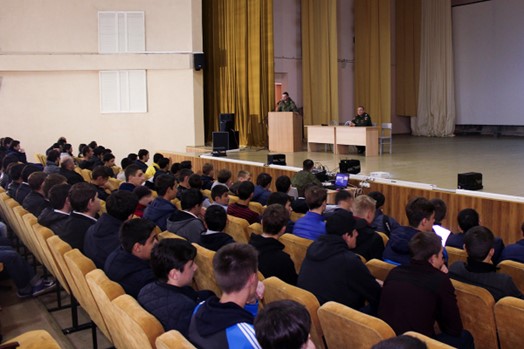
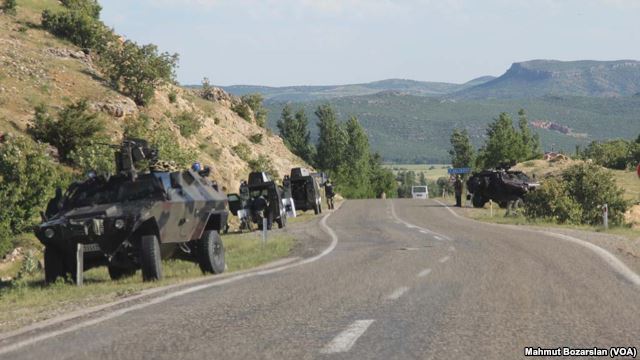
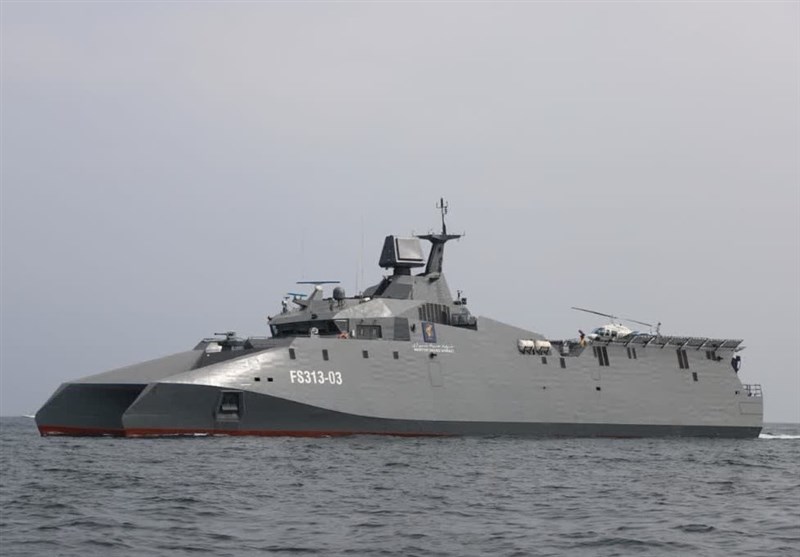
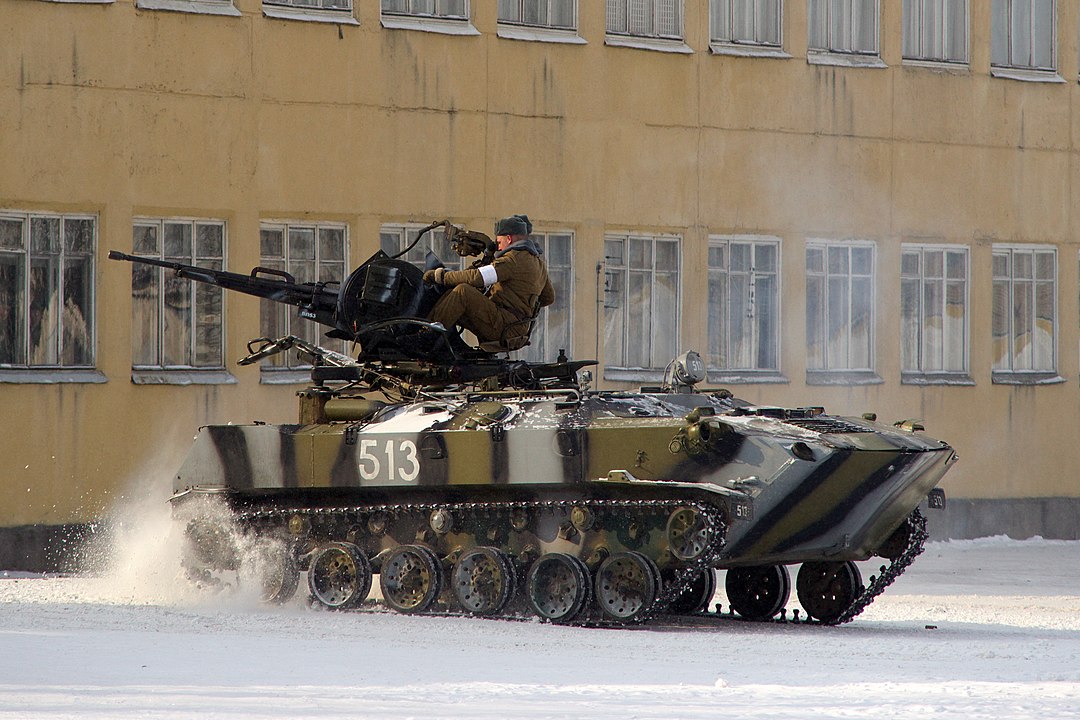
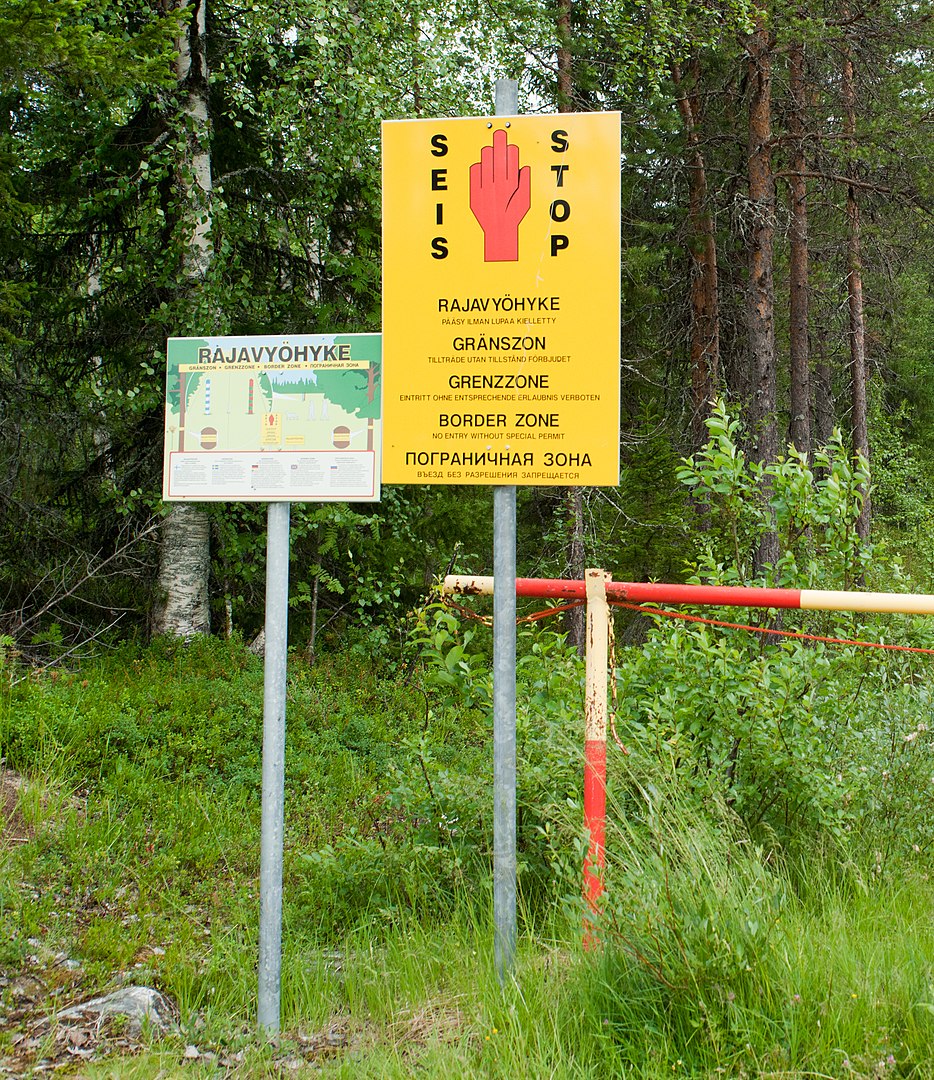
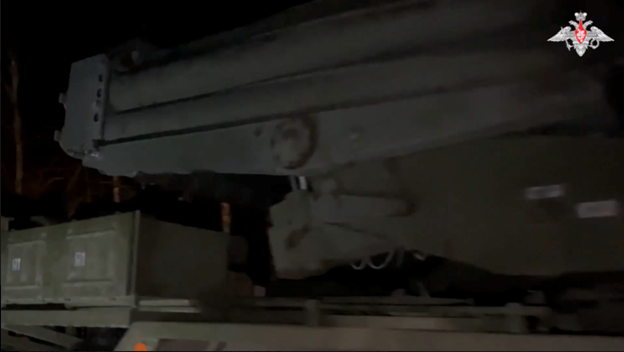
.png)
